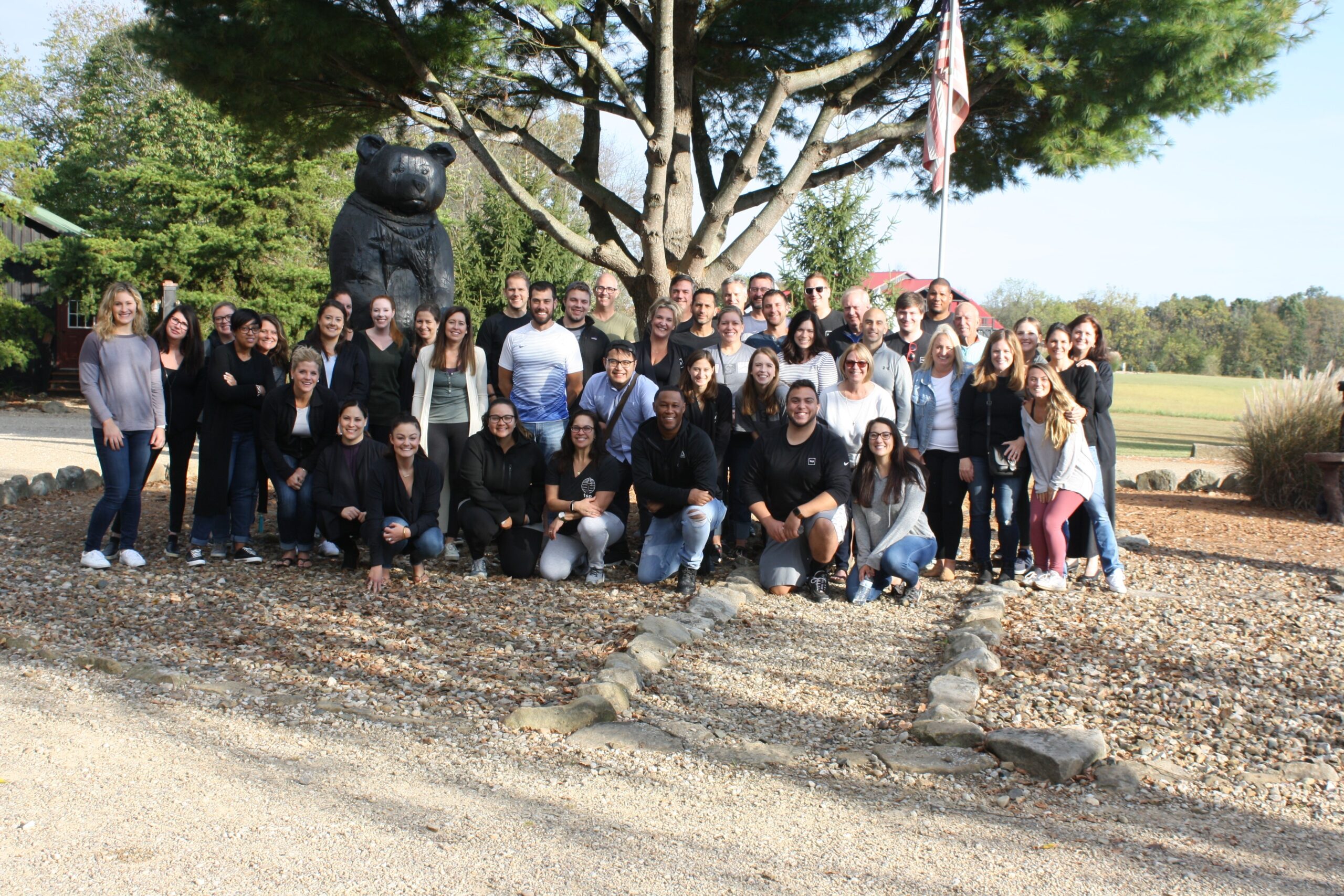In the fast-paced, competitive landscape of the life sciences industry, an organization’s most valuable asset is not its cutting-edge technology, patented processes, or state-of-the-art facilities. Rather, it’s the talent driving those innovative endeavors forward. Ensuring your talent is not only skilled but also culturally aligned can create a competitive edge that can’t be easily replicated.
Having the right people in the right roles is essential for effective organizational growth. Not only does it provide better operational efficiency and a higher likelihood of reaching set targets, but it also contributes to a healthier and more positive work environment, fostering employee engagement and retention.
The Price of Misalignment
Underestimating the significance of talent alignment can lead to detrimental consequences. A study by the Harvard Business Review found that a wrong hiring decision at the mid-management level could cost a company upwards of $840,000. This figure accounts for hiring, compensation, and retention costs but not for intangible impacts such as reduced team morale and productivity decline. Therefore, it becomes essential for organizations to pay attention to the competency of candidates and their cultural fit.
Aligning Talent with Organizational Culture and Competencies
Every organization, regardless of its size or sector, has its unique culture – a blend of values, beliefs, and practices that define how it operates and how its people interact. Similarly, every role within an organization has a set of competencies – the blend of skills, knowledge, and behaviors – required for its successful execution. Aligning talent with both of these aspects forms the heart of effective talent management.
Strategic talent alignment involves understanding the essence of your organizational culture and the competencies your roles demand. It requires assessing future and current employees, not just based on their credentials but also on their behavioral tendencies, aspirations, and values.
Making Talent Alignment Work
Making talent alignment work is a complex process that calls for a blend of art and science. It involves capturing and analyzing data about individuals and roles, using strategic tools, and interpreting that data to make informed decisions.
This approach can benefit organizations in multiple ways. It enables them to identify and hire individuals who are likely to thrive in their culture and roles, thus reducing the risk of expensive mis-hires. It allows them to assess current employees’ fit and growth potential, thereby informing career development and succession planning efforts. It also helps them build stronger, more cohesive teams that can collaborate effectively towards common goals.
As a seasoned player in talent and leadership consulting, I’ve witnessed firsthand how aligning talent with organizational culture and competencies can empower individuals, teams, and entire organizations. It’s not merely a process; it’s a journey of understanding, growth, and transformation. A journey that, when embarked upon consciously and thoughtfully, can unlock immense value and potential for all stakeholders involved.
No matter where you are in your talent management journey, it’s never too late to start aligning your talent more effectively. And remember, you’re not alone on this journey. There are experienced professionals and resources ready to help guide and support you. It’s about building stronger, more productive teams, fostering a culture of growth, and, ultimately, achieving sustainable organizational success.
Sources:
1. Fernández-Aráoz, C., Groysberg, B., & Nohria, N. (2009). The Definitive Guide to Recruiting in Good Times and Bad. Harvard Business Review. Retrieved from https://hbr.org/2009/05/the-definitive-guide-to-recruiting-in-good-times-and-bad




